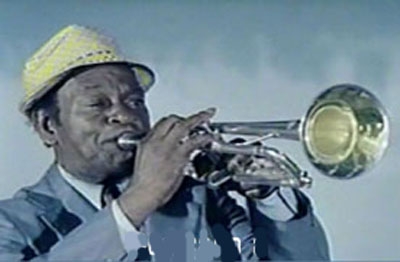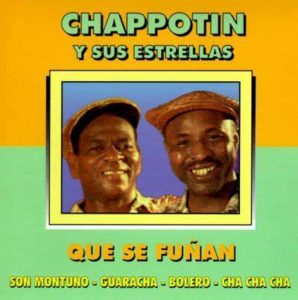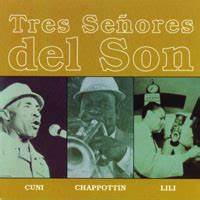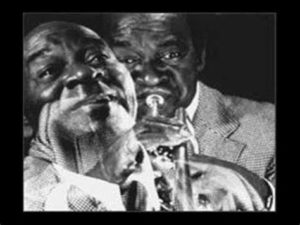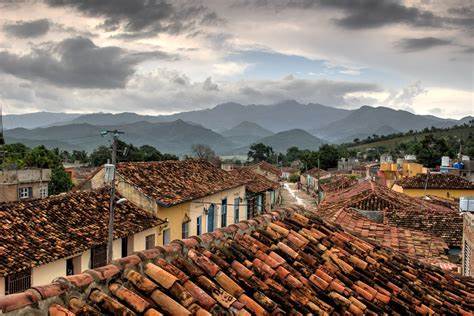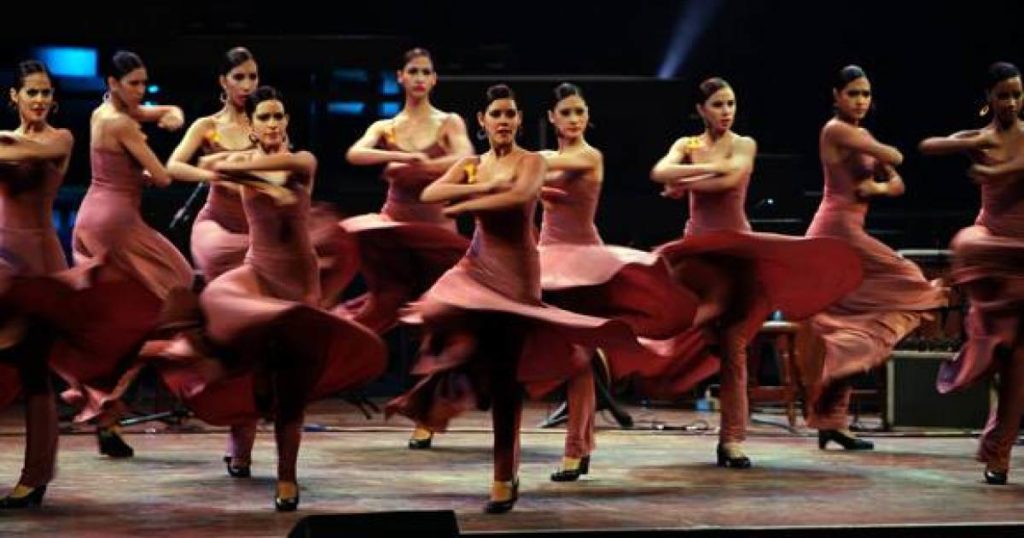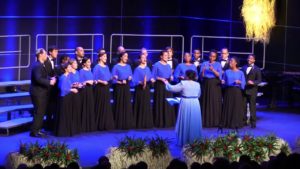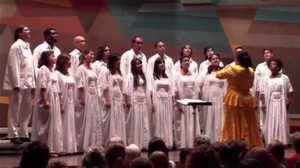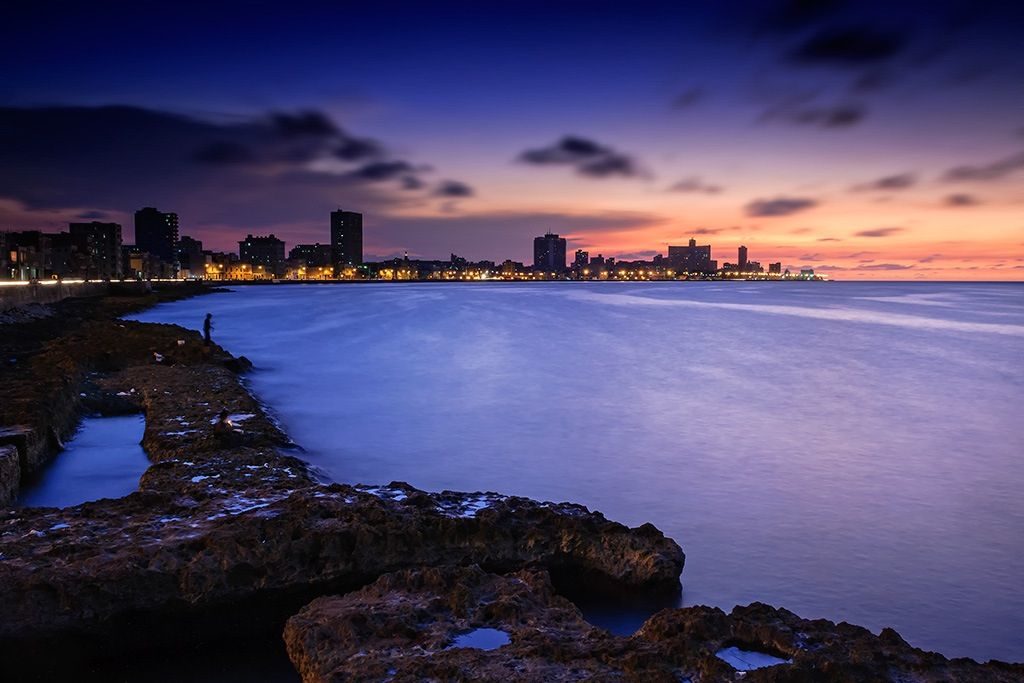THE NATIONAL HOTEL, HAVANA, CUBA: AN IMPOSING AND MAJESTIC PLACE OF DISTINCTION AND ELEGANCE. PHOTOS.
The Hotel Nacional de Cuba is a historic eclectic Spanish-style hotel in Havana, Cuba, opened in 1930. Located on the seafront in the Vedado district, it stands on Cerro Taganana, offering commanding views of the sea and the city.
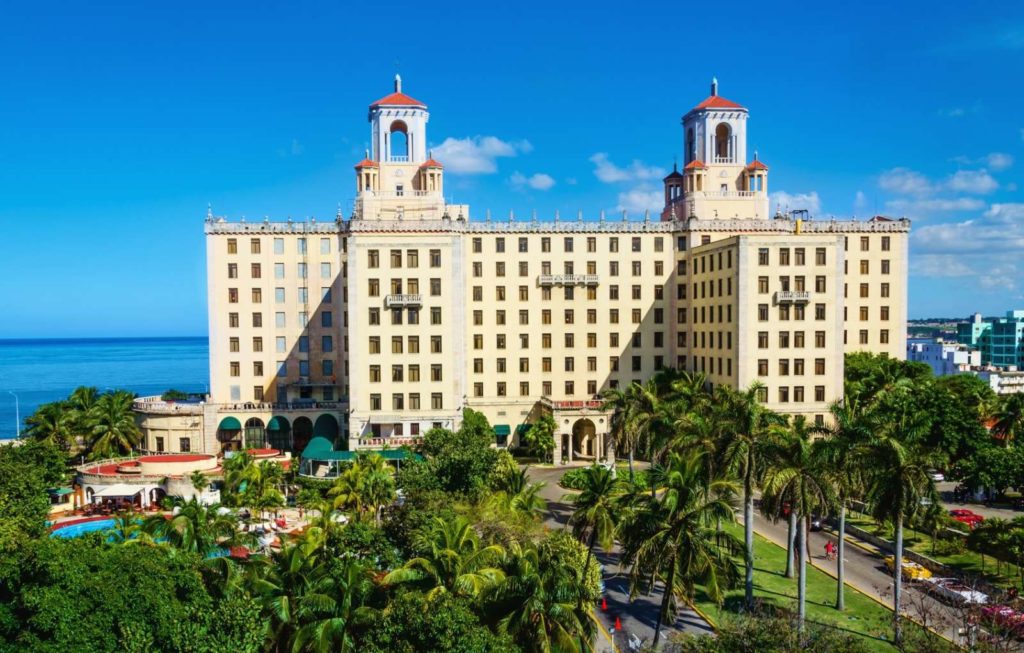
It preserves the aura of an era. It has its own tradition and stamp. Distinction, elegance, and luxury are combined with efficient services in a facility that over the years has welcomed guests such as Winston Churchill and King Edward VIII of England; Ava Gardner and Marlon Brando, Graham Greene and García Márquez, Robert Redford and Steven Spielberg, and many other celebrities, including María Félix, Libertad Lamarque, Jorge Negrete, Pierre Cardin, Nat King Cole… Inaugurated in 1930, now 92 years ago, the Hotel Nacional de Cuba, the most majestic and imposing on the island, is simply classic.
It stands on a rocky promontory at the entrance to the Havana neighborhood of El Vedado, which makes it an obligatory visual point in the urban landscape of the capital, and that location, in what was the seat of the Spanish cannon battery of Santa Clara, means that from the hotel you can enjoy an unbeatable view of the city and the sea, with which it is integrated, since its front gardens are projected towards the city area while the rear gardens of this beautiful building that combines in its architecture the eclectic and the modern, with the presence of art deco and the so-called Cuban colonial style.
DESIGN OF THE CUBAN NATIONAL HOTEL…
The National Hotel was designed by the New York architecture firm McKim, Mead, and White, financed by the National City Bank of New York, and built-in fourteen months by the American engineering firm Purdy and Henderson. The structure contains a mix of styles, including Seville, Roman, Moorish, and Art Deco. The Palladian-style entrance porch has two stylized column capitals and coral stone corners.
The Hotel Nacional’s design is based on two Greek crosses, giving most of the rooms a sea view. The typical 6 floors have 74 rooms and 63,641 square feet of floor area. The eighth floor (top floor) has 66 rooms and an area of 50,325 square feet. The building footprint measures approximately 523′ x 265′. The structure of the building is a steel frame, while the decorative elements, including the details of the ground floor, the columns, the wall facings, and much of the pavement, are made of coral stone.
For accommodation, there are 464 rooms. Of these, 16 are double suites, and it also has a presidential suite, equipped with all these capacities with facilities and comfort.
The hotel opened as The National Hotel of Cuba on December 30, 1930, operated by the American managers of the Plaza Hotel, the Savoy-Plaza Hotel, and the Copley Plaza Hotel, at a time when Cuba was a primary travel destination for Americans.
The National Hotel was restored shortly after and reopened. In 1939 it was renamed Hotel Nacional de Cuba. Chicago developer Arnold Kirkeby acquired the property in July 1943 and operated it for more than a decade as part of his Kirkeby hotel chain.
GOLDEN AGE OF THE NATIONAL HOTEL…
In September 1955, Kirkeby Hotels Corp. sold the Hotel Nacional to a newly formed Cuban company, Corporación Intercontinental de Hoteles, S.A., and Pan Am’s Intercontinental Hotel Corp. division assumed partial ownership and also the management of the property. Alphons Landa, a prominent Washington attorney, represented Pan Am and arranged for other clients and friends to acquire shares in the hotel property at the same time. Dave Beck, President of the Teamsters, and Roy Fruehauf of the Fruehauf Trailer Corporation were silent partners for at least 2 years. Fruehauf would sell his interest in the hotel in May 1957; other investors would lose everything when Castro came to power.

A notorious criminal with interests in Havana at the time, Meyer Lansky Lansky planned to take over a 10-story hotel wing and create luxury suites for high-stakes gamblers. Batista supported Lansky’s idea despite objections from American expatriates such as Ernest Hemingway. At Lansky’s urging, one wing of the grand entrance hall was renovated to include a bar, restaurant, showroom, and lavish casino. It was operated by Lansky and his brother Jake, with Wilbur Clark as the leader.
Consisting of Wilbur Clark’s International Casino, the adjoining Starlight Terrace Bar, and the Casino Parisién nightclub (home of the famous dancing waters), the new wing of the hotel opened in 1956 with a performance by Eartha Kitt, who became the hotel’s first black guest. The casino and clubs were an immediate success. According to an unpublished article submitted to the Cuban Information Archives around 1956-1957, “The bar was staffed by local bartenders and the casino run by gentlemen from Las Vegas.” By the spring of 1957, the casino, sublet by the hotel for a substantial rent to Lansky, was generating as much cash as the largest casinos in Las Vegas. In late 1958, the casino was sold to Michael McLaney and Carroll Rosenbloom.
THE NATIONAL HOTEL AFTER 1959…
After the January Revolution of 1959, Havana’s casinos were briefly closed but were quickly reopened after protests by casino workers putting them out of work. Fidel Castro nationalized the hotel on March 20, 1960, and finally closed the casino in October 1960, almost two years after overthrowing Batista.
During the Cuban Missile Crisis, anti-aircraft guns were installed at the Santa Clara Battery site and an extensive series of tunnels were built under the property, which are now open to the public on guided tours.
After years of neglect due to reduced tourism after the revolution, the hotel was used primarily to accommodate visiting diplomats and foreign government officials. The collapse of the USSR in 1991 forced the Cuban communist party, eager for foreign exchange reserves, to reopen Cuba to tourists.
FAMOUS GUESTS…
In 1956, singer Nat King Cole was hired to perform in Cuba and wanted to stay at the Hotel Nacional de Cuba, but he was not allowed because the hotel was segregated. Previously, the hotel had turned away black celebrities like Joe Louis, Marian Anderson, Jackie Robinson, and Josephine Baker. Cole fulfilled his contract and the concert at the Tropicana was a great success. The following year, he returned to Cuba for another concert, singing many songs in Spanish. There is now a tribute to him in the form of a statue and a jukebox in the Hotel Nacional.
Jean-Paul Sartre stayed at the hotel just after the 1960 Revolution, with his wife, the philosopher Simone de Beauvoir. The couple interviewed Che Guevara, and Sartre wrote ‘Sartre visits Cuba, which was published in Havana in 1961, narrating his experiences. Since then, the hotel has named the room he stayed in after him.

In its more than 80 years of existence, the National Hotel has had many important guests, including artists, actors, athletes, and writers such as Winston Churchill, the Duke and Duchess of Windsor, Jimmy Carter, Frank Sinatra, Ava Gardner, Rita Hayworth, Mickey Mantle, Johnny Weissmuller, Buster Keaton, Jorge Negrete, Agustín Lara, Rocky Marciano, Tyrone Power, Rómulo Gallegos, Errol Flynn, John Wayne, Marlene Dietrich, Gary Cooper, Marlon Brando, Ernest Hemingway, Yuri Gagarin, the scientist Alexander Fleming, Minnesota (United States) Governor Jesse Ventura, and innumerable Ibero-American Heads of State and European monarchs.
The history of Havana cannot be written if the Hotel Nacional de Cuba is excluded. Events of the first order took place there. A President of the Republic, who would only be President for six hours, took the oath by candlelight in one of his rooms, room 412, in 1934. And there, in 1946, it was held, convened, and presided over by Lucky Luciano, the great meeting of the American mafia. Meyer Lansky, the so-called “Financier of the Mafia”, had as the center of his Havana adventures this simply classic Hotel that would shortly celebrate the great 92nd Anniversary of its founding.
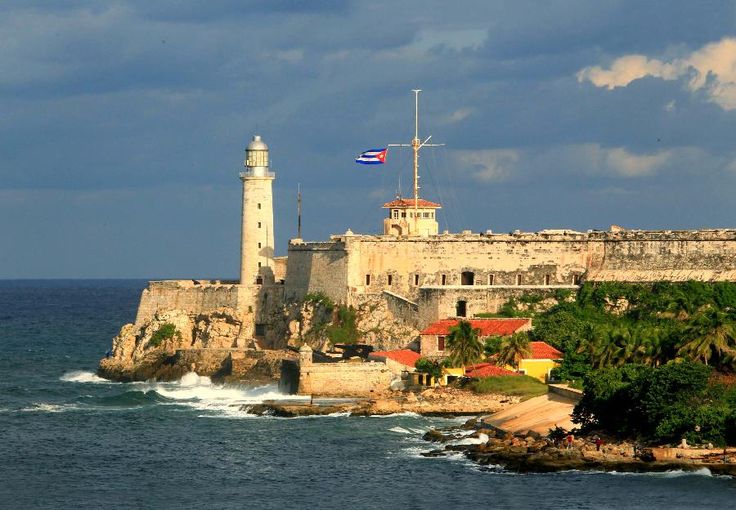
* RECOMIENDENOS A SUS AMISTADES * PREFIERA A NUESTROS SPONSORS *

EL HOTEL NACIONAL, HABANA, CUBA: UN IMPONENTE Y MAJESTUOSO LUGAR DE DISTINCION Y ELEGANCIA. PHOTOS
El Hotel Nacional de Cuba es un histórico hotel de estilo ecléctico español en La Habana, Cuba, inaugurado en 1930. Ubicado frente al mar en el distrito de Vedado, se encuentra en el Cerro Taganana, ofreciendo vistas imponentes del mar y la ciudad.

Conserva el aura de una época. Tiene tradición y sello propios. La distinción, la elegancia y el lujo se combinan con la eficacia de los servicios en una instalación que a lo largo de los años acogió a huéspedes como Winston Churchill y el rey Eduardo VIII, de Inglaterra; Ava Gardner y Marlon Brando, Graham Greene y García Márquez, Robert Redford y Steven Spielberg y muchísimos otros famosos, entre los que destacan María Félix, Libertad Lamarque, Jorge Negrete, Pierre Cardin, Nat King Cole… Inaugurado en 1930, hace ahora 92 años, el Hotel Nacional de Cuba, el más majestuoso e imponente de la Isla, es, sencillamente, clásico.
Se levanta sobre un promontorio rocoso a la entrada de la barriada habanera de El Vedado, lo que lo convierte en un punto visual obligado en el paisaje urbano de la capital, y esa ubicación, en lo que fue el asiento de la batería de cañones españoles de Santa Clara, hace que desde el hotel se disfrute de una vista insuperable de la ciudad y del mar, con los que se integra pues sus jardines delanteros se proyectan hacia el ámbito citadino mientras que parecen internarse en las aguas del golfo los jardines traseros de esta edificación hermosísima que conjuga en su arquitectura lo ecléctico y lo moderno, con presencia del art deco y el llamado estilo colonial cubano.
DISEÑO DEL HOTEL NACIONAL CUBANO….
El Hotel Nacional fue diseñado por el estudio de arquitectura neoyorquino McKim, Mead and White, financiado por el National City Bank of New York, y construido en catorce meses por el estudio de ingeniería estadounidense Purdy and Henderson. La estructura contiene una mezcla de estilos, incluyendo sevillano, romano, morisco y art déco. El pórtico de entrada de estilo palladiano tiene dos capiteles de columna estilizados y cantoneras de piedra coralina.
El diseño del Hotel Nacional se basa en dos cruces griegas, dando a la mayoría de las habitaciones una vista al mar. Los 6 pisos típicos tienen 74 habitaciones y 63,641 pies cuadrados de área de piso. El octavo piso (último piso) tiene 66 habitaciones y un área de 50,325 pies cuadrados. La huella del edificio mide aproximadamente 523′ x 265′. La estructura del edificio es un marco de acero, mientras que los elementos decorativos, incluidos los detalles de la planta baja, las columnas, los paramentos de las paredes y gran parte del pavimento, son de piedra coralina.
Para el alojamiento, se disponen de 464 habitaciones. De ellas, 16 son suites dobles, y cuenta además con una suite presidencial, dotadas todas esas capacidades con facilidades y confort.
El hotel abrió como El Hotel Nacional de Cuba el 30 de diciembre de 1930, operado por los gerentes estadounidenses del Hotel Plaza, el Hotel Savoy-Plaza y el Hotel Copley Plaza, en un momento en que Cuba era un destino de viaje principal para los estadounidenses.
El Hotel Nacional fue restaurado poco después y reabierto. En 1939 pasó a llamarse Hotel Nacional de Cuba. El desarrollador de Chicago Arnold Kirkeby adquirió la propiedad en julio de 1943 y la operó durante más de una década como parte de su cadena de hoteles Kirkeby.
EPOCA DE ORO DEL HOTEL NACIONAL…
En septiembre de 1955, Kirkeby Hotels Corp. vendió el Hotel Nacional a una empresa cubana recién formada, Corporación Intercontinental de Hoteles, S.A., y la división Intercontinental Hotel Corp. de Pan Am asumió la propiedad parcial y también la gestión de la propiedad. Alphons Landa, un destacado abogado de Washington, representó a Pan Am e hizo arreglos para que otros clientes y amigos adquirieran acciones en la propiedad del hotel al mismo tiempo. Dave Beck, presidente de Teamsters y Roy Fruehauf de Fruehauf Trailer Corporation fueron socios silenciosos durante al menos 2 años. Fruehauf vendería su participación en el hotel en mayo de 1957; otros inversionistas lo perderían todo cuando Castro llegara al poder.

Un famoso delincuente de entonces con intereses en la Habana, Meyer LanskyLansky planeó tomar un ala del hotel de 10 pisos y crear suites de lujo para jugadores de alto riesgo. Batista apoyó la idea de Lansky a pesar de que hubo objeciones de expatriados estadounidenses como Ernest Hemingway. Bajo el impulso de Lansky, se renovó un ala del gran vestíbulo de entrada para incluir un bar, un restaurante, una sala de exposiciones y un lujoso casino. Fue operado por Lansky y su hermano Jake, con Wilbur Clark como líder.
El ala nueva del hotel, que consta del Casino Internacional de Wilbur Clark, el Starlight Terrace Bar contiguo y el club nocturno Casino Parisién (sede de las famosas aguas danzantes), se inauguró en 1956 con una actuación de Eartha Kitt, quien se convirtió en el primer huésped negro del hotel. El casino y los clubes fueron un éxito inmediato. Según un artículo inédito enviado a Cuban Information Archives alrededor de 1956-1957, “El bar estaba atendido por cantineros locales y el casino administrado por caballeros de Las Vegas”. Para la primavera de 1957, el casino, subarrendado por el hotel por un alquiler sustancial a Lansky, estaba generando tanto efectivo como los casinos más grandes de Las Vegas. A fines de 1958, el casino se vendió a Michael McLaney y Carroll Rosenbloom.
EL HOTEL NACIONAL DESPUES DE 1959…
Después de la Revolución de enero de 1959, los casinos de La Habana se cerraron brevemente, pero se reabrieron rápidamente después de que las protestas de los trabajadores de los casinos se quedaran sin trabajo. Fidel Castro nacionalizó el hotel el 20 de marzo de 1960 y finalmente cerró el casino en octubre de 1960, casi dos años después de derrocar a Batista.
Durante la Crisis de los Misiles en Cuba, se instalaron cañones antiaéreos en el sitio de la Batería de Santa Clara y se construyó una extensa serie de túneles debajo de la propiedad, que ahora están abiertos al público en visitas guiadas.
Después de años de abandono debido a la reducción del turismo después de la revolución, el hotel se utilizó principalmente para alojar a diplomáticos visitantes y funcionarios de gobiernos extranjeros. El colapso de la URSS en 1991 obligó al partido comunista cubano, ansioso por las reservas de divisas, a reabrir Cuba a los turistas.

INVITADOS FAMOSOS…
En 1956, el cantante Nat King Cole fue contratado para actuar en Cuba y quería hospedarse en el Hotel Nacional de Cuba, pero no se le permitió porque el hotel estaba segregado. Anteriormente, el hotel había rechazado a celebridades negras como Joe Louis, Marian Anderson, Jackie Robinson y Josephine Baker. Cole cumplió su contrato y el concierto en el Tropicana fue un gran éxito. Al año siguiente, regresó a Cuba para otro concierto, cantando muchas canciones en español. Ahora hay un homenaje a él en forma de una estatua y una máquina de discos en el Hotel Nacional.
Jean-Paul Sartre se hospedó en el hotel justo después de la Revolución de 1960, con su esposa, la filósofa Simone de Beauvoir. La pareja entrevistó al Che Guevara, y Sartre escribió ‘Sartre visita Cuba’, que se publicó en La Habana en 1961, narrando sus vivencias. Desde entonces, el hotel nombró la habitación en la que se alojó en su honor.
En sus más de 80 años de existencia, el Hotel Nacional ha tenido muchos invitados importantes, incluidos artistas, actores, deportistas y escritores como Winston Churchill, el duque y la duquesa de Windsor, Jimmy Carter, Frank Sinatra, Ava Gardner, Rita Hayworth, Mickey Mantle, Johnny Weissmuller, Buster Keaton, Jorge Negrete, Agustín Lara, Rocky Marciano, Tyrone Power, Rómulo Gallegos, Errol Flynn, John Wayne, Marlene Dietrich, Gary Cooper, Marlon Brando, Ernest Hemingway, Yuri Gagarin, el científico Alexander Fleming, Minnesota ( Estados Unidos) el gobernador Jesse Ventura, e innumerables Jefes de Estado iberoamericanos y monarcas europeos.
No se puede escribir la historia de La Habana si se excluye al Hotel Nacional de Cuba. En él tuvieron lugar acontecimientos de primer orden. Un Presidente de la República, que lo sería solo por seis horas, prestó juramento a la luz de una vela en una de sus habitaciones, la 412, en 1934. Y allí, en 1946, se celebró, convocada y presidida por Lucky Luciano, la gran reunión de la mafia norteamericana. Meyer Lansky, el llamado “Financiero de la Mafia”, tenía como centro de sus andazas habaneras a este Hotel sencillamente clásico que celebrara en breve su gran 92th Aniversario de fundado.
Agencies/ Wiki/ Ciro Bianchi/ Extractos/ Excerpts/ Internet Photos/ Arnoldo Varona/ www.TheCubanHistory.com
THE CUBAN HISTORY, HOLLYWOOD.

* RECOMIENDENOS A SUS AMISTADES * PREFIERA A NUESTROS SPONSORS *




